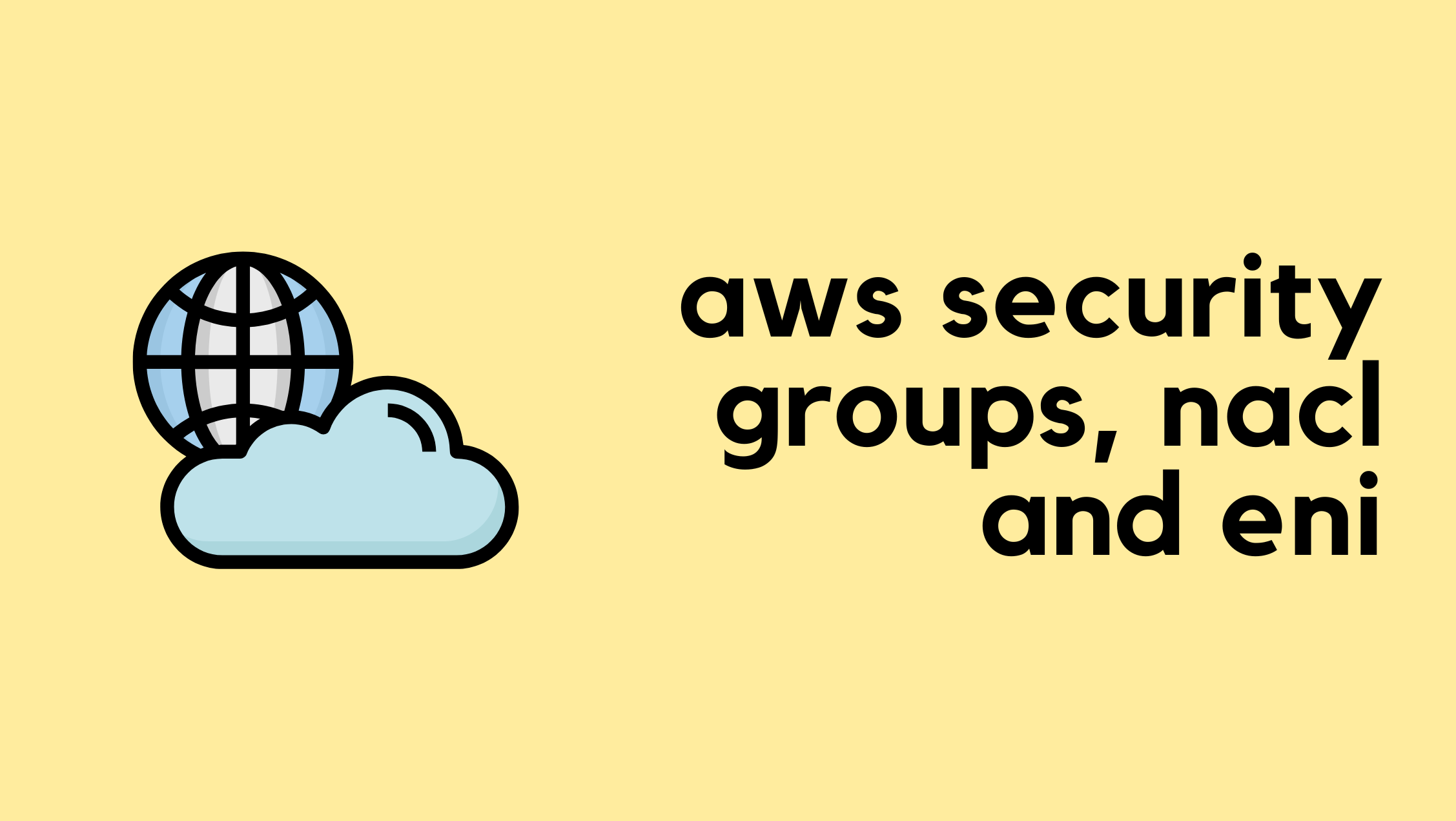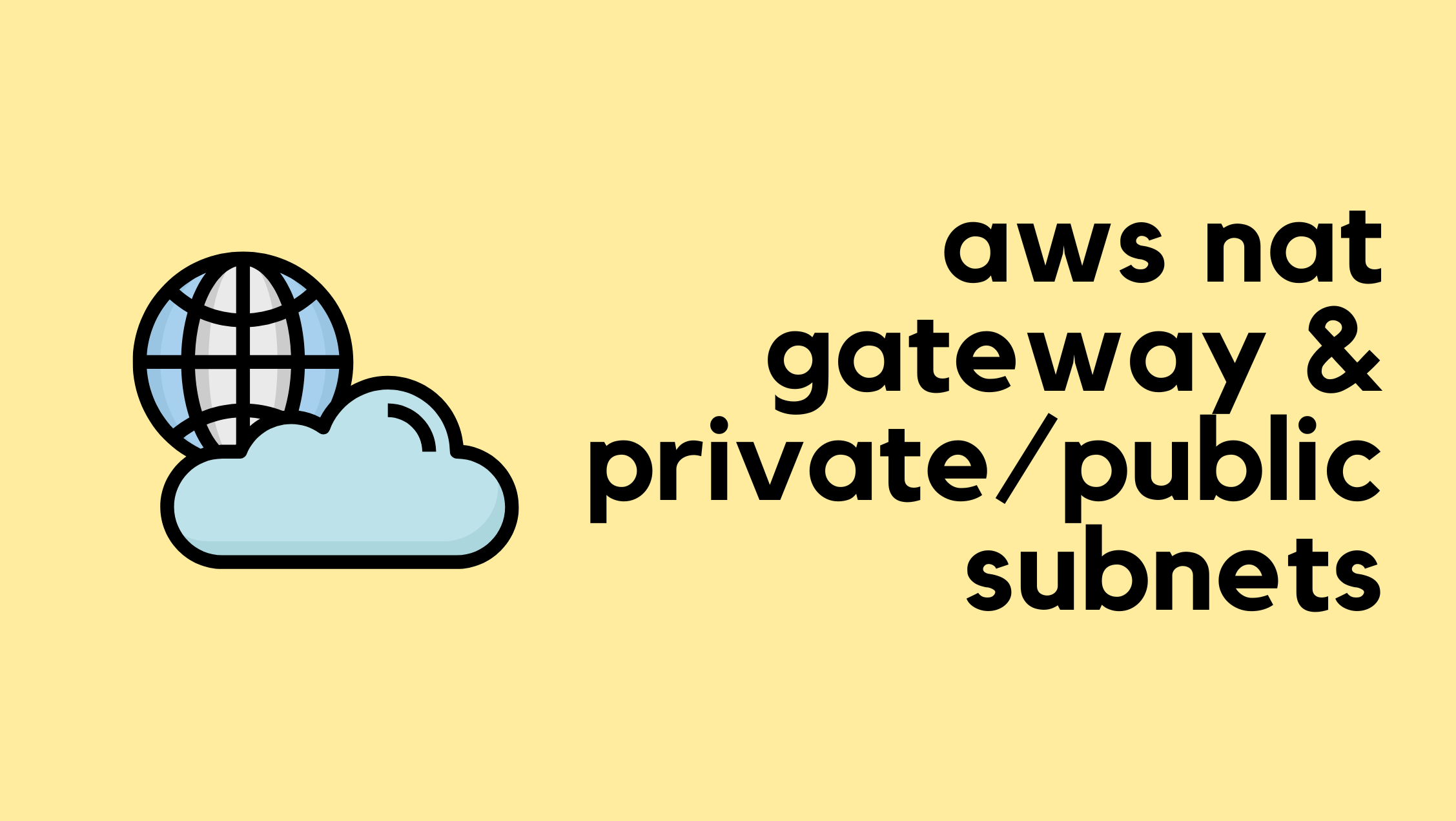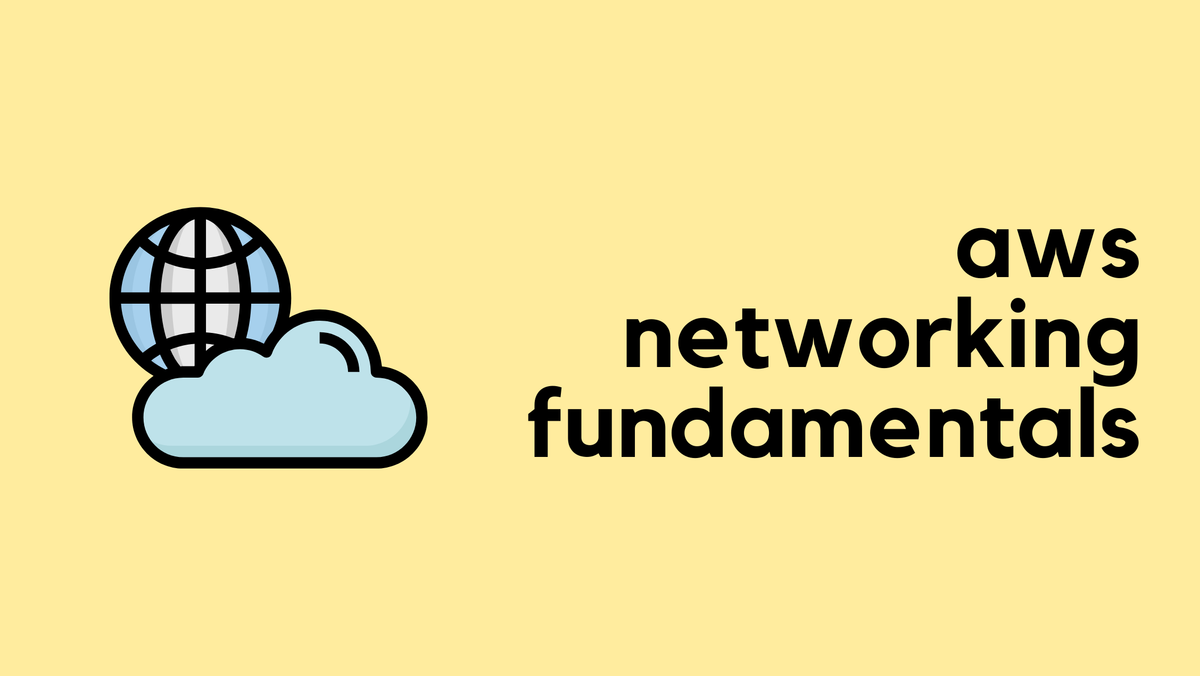Switching to eBPF One Step at a Time with Calico DNS Inline Policy
Calico Enterprise lets users write network policies using domain names instead of IP addresses. This is done by dynamically mapping domain names to IP addresses and matching the egress traffic against these IPs. We have discussed this feature in detail when we introduced the Inline mode for the eBPF data plane in Calico Enterprise 3.20 release! It addresses the latency and performance issues of the various modes used by Calico in iptables/nftables data planes. It is a shame that Calico users who are not yet ready to switch completely to eBPF would miss out on this big DNS policy improvement. Don’t worry! We found a way to port it to iptables to enhance our users’ experience without forcing users to make a huge leap.
In Calico Enterprise v3.21, we have extended the Inline DNS policy mode to iptables. In this mode, DNS policies are updated in real time as DNS responses are parsed by eBPF within the data plane, thus improving the performance.
Calico iptables – DNS Inline policy
In all the existing modes in the iptables data plane, the DNS response packets are sent to Felix – Calico’s userspace agent. It parses the packets and updates the Continue reading










